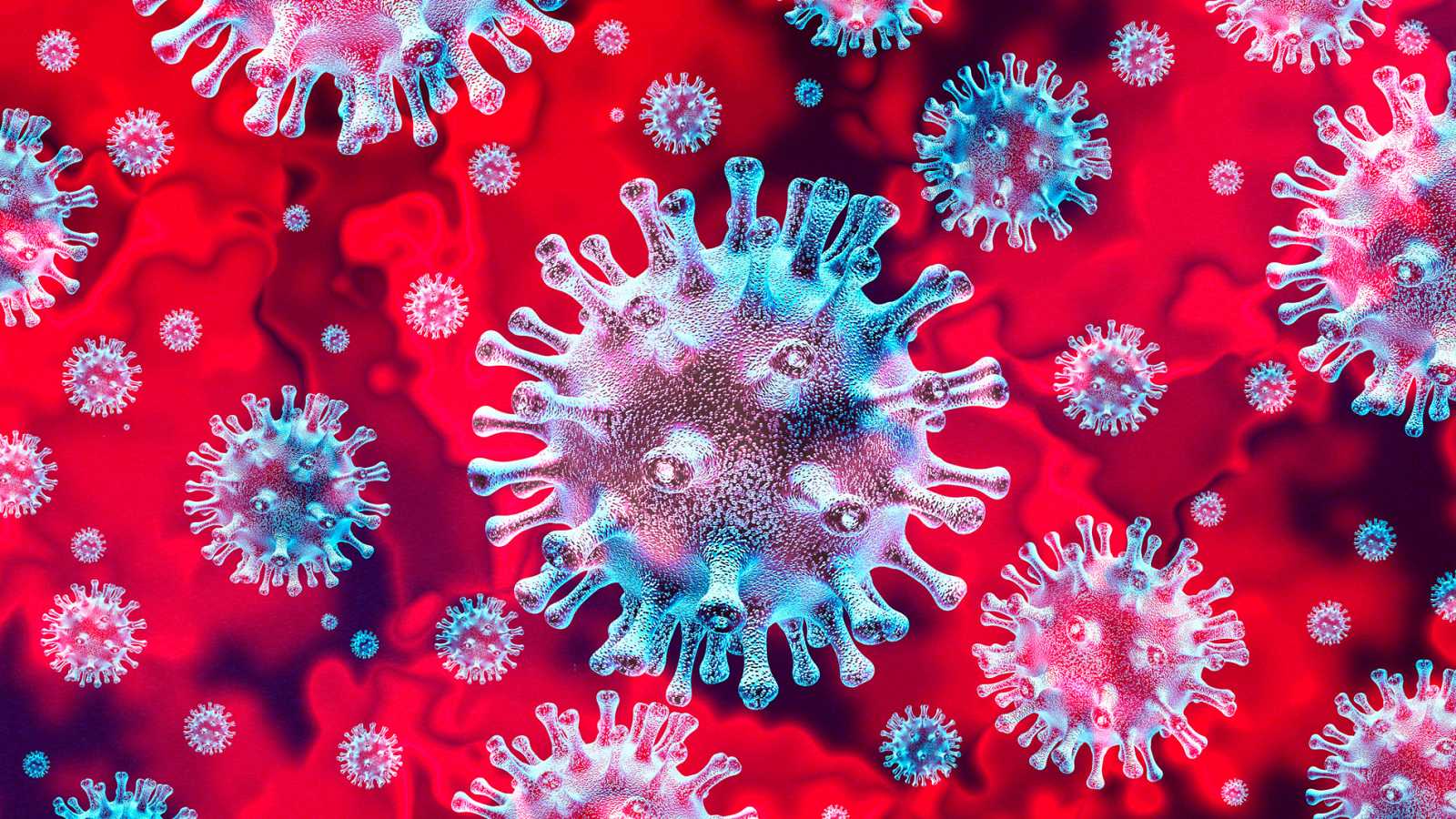Author: José A. Bartolomei-Díaz, Ph.D. – Epidemiologist and Data Scientist
The emergence of the novel Coronavirus 2019 has raised the question, how can we stop its spread? Before answering this, I want to define what makes a person sick from an infectious disease. A disease is a consequence of an intruder agent entering our body making us sick. The intruder agent can be a virus, parasite, bacteria, or chemicals. Sickness manifests itself when the cells or tissues’ ability to perform normal physiological processes is compromised, due to the loss or damage of key functional molecules or cells. The biological agents have always been part of our environment and are fighting for their own survival in this world. When a microorganism enters a host it starts a replication process within the host system. This process is called infection and it may cause the person to become sick.
A virus can only replicate within a host although they can live outside of them for a period of time depending on the virus. When this microorganism replicates within a hospitable environment it’s called an infection. A disease starts when the host gets symptomatic (sick). Furthermore, we can have either an asymptomatic or symptomatic infection. The infected person can be infectious, meaning that the host can infect others and that’s when transmission occurs. Moreover, the infectious period is the length of time that a host is able to transmit the organism into others. This infectious period is useful to understand the properties of epidemics. An infectious agent needs a hospitable environment to replicate.
For that reason, it is so important to have a healthy lifestyle that boosts our immune system.
There are two types of transmission of infectious agents: direct and indirect. The novel Coronavirus 2019 is a pathogen with direct transmission, meaning that it can be passed from person to person directly using some form of transport such as body fluids. On the other hand, Chikungunya, Dengue or Zika viruses need an inter-mediator named a vector, like a mosquito. Other viruses use other living animals such as flies or rats to propagate. Other intermediates can be objects such as doorknobs and water which can be a carrier for cholera.
It’s difficult to determine how epidemics start but what is important is the desire to stop diseases from spreading by breaking the chain of transmission. The only way to do that is by learning the pathogen transmission mechanism. Now, to understand how a pathogen present in a population can become an epidemic let share some epidemiological concepts.
The first person to be infected in a population, or case 0, needs to pass the pathogen to another member of the species for an epidemic to start. Then we need to measure the Reproductive Number, defined here as R0. R0 is the average number of secondary infections generated by the first infectious individual in a population of completely susceptible individuals. If the basic reproductive number is higher than one the risk of an epidemic increases. Furthermore, understanding of the processes that limit the transmission is needed to reduce R0 to its minimum.
To reduce the reproductive number (R0) the following actions are needed:
- First, shorten the length of transmission (L) of an infectious host. Meaning that the longer an individual is infectious the longer they can transmit the agent into others. Moreover, R0 will increase with a longer length of the infectious host.
- Second, reduce the number of susceptible hosts (S). The greater the potential of the first individual to transmit the infectious agent is when the susceptible host increases. With the length of transmission and the number of S it is possible to calculate the Potential Number of Contacts (C) over the course of an infection.
C =L*S
Finally, it’s important to reduce the transmission, Beta (β), which is a property of both the pathogen and the population.
With the mentioned dynamic parameters we can obtain the basic reproductive numbers R0 to observe an epidemic:
R0=S*L* β
An Outbreak is likely to spread if R0 is greater than one (1)
Now the important question is, how we can stop an outbreak? This can be achieved by:
- Reducing the number of susceptible individuals through vaccination or because those infected either die or recover and get immunity.
- Decreasing the length of time an individual is infectious by asking ill people to stay at home.
- Lessening the transmission by limiting contact or introducing sanitary measures.
Although the answer to control epidemics is quite simple it’s really difficult to implement because extremely coordinated efforts are required from the public health authorities and the general population. It becomes more complex when vectors are the mode of transmission or when public health strategies are hard to implement, such as population quarantine.
Nevertheless, the importance of this blog is to inform that it’s possible to prevent or control epidemics but it will require that everyone understands and puts in practice the public health recommendations established by the World Health Organization (WHO), the Centers for Diseases, Control and Prevention, and local authorities.
Everything else is gossip! This is a serious matter!
Dr. José A. Bartolomei Díaz, has a PhD in Research Methods in Epidemiology from the London School of Hygiene and Tropical Medicine, University of London and is the founder and CEO of Outcome Project. (www.outcomeproject.com)
